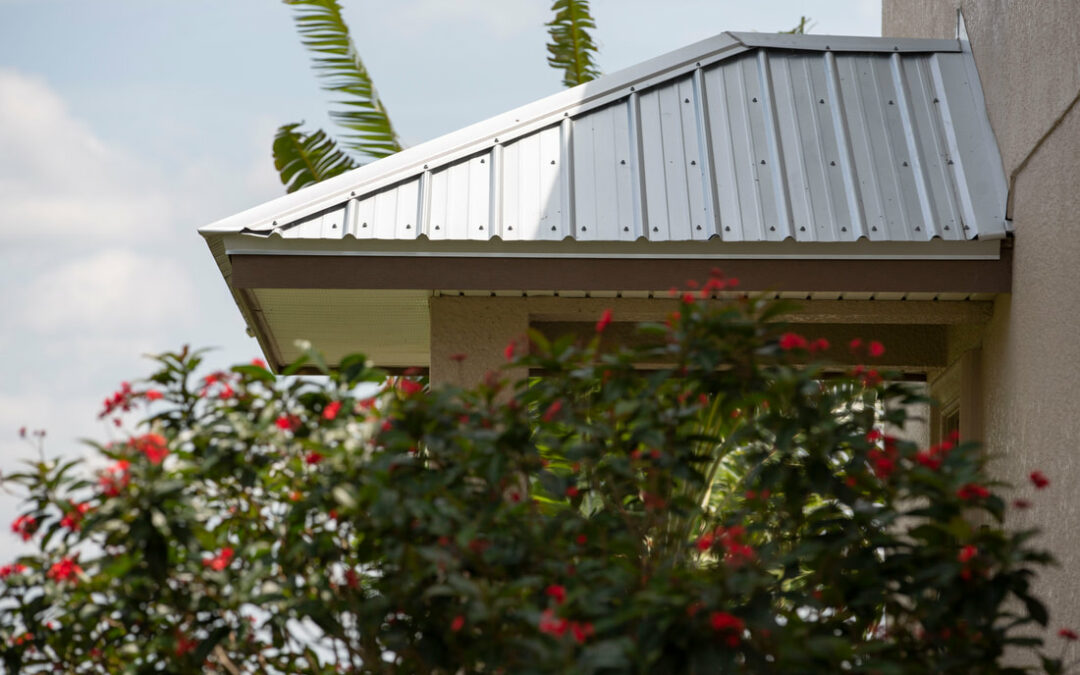We understand that a metal roof is a great choice for homeowners who are looking for durability, longevity, and energy efficiency. However, one of the most common concerns that homeowners have when it comes to metal roofing is oil canning. Oil canning is a natural occurrence that can happen with any type of metal roofing, but most commonly standing seam metal roofs. It refers to the visible waviness or rippling effect on the metal roof panels, which can be caused by a variety of factors including the type of panel, the gauge of metal used, the temperature of installation, underlayment used, roof deck thickness and installation, and more. While oil canning is often seen as a negative aspect of metal roofing, it can actually be a sign that the metal roof is installed properly. When a metal roof is properly installed, the panels will be secured tightly to the roof decking which can cause natural expansion and contraction. This causes the panels to slightly curve, creating the oil canning effect. However, even though oil canning may not necessarily be a sign of a poorly installed metal roof, it can still be unsightly and undesirable for some homeowners. To reduce the risk of oil canning, it is important to choose the right type of metal roofing panel and the appropriate gauge of metal for the specific project. At Taylor’s Roofing, we understand the importance of choosing the right materials for your metal roof project. Our team of experts can help you decide which type of metal roofing panel is best for your home while also ensuring that it is installed properly to reduce the potential risk of oil canning. In conclusion, while oil canning may occur in a properly installed metal roof, it is important to choose the right materials and work with an experienced roofing contractor to minimize the potential risk of this natural occurrence.
Contact Taylor’s Roofing today to learn more about your options for a durable, long-lasting metal roof.

